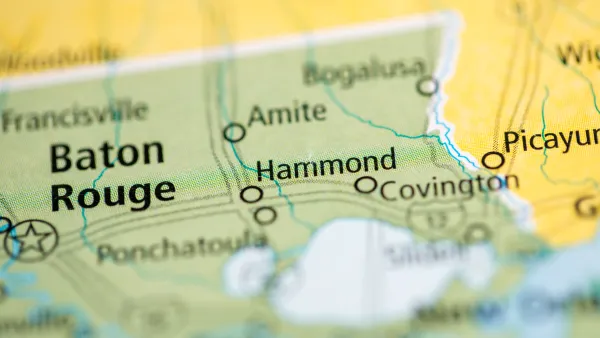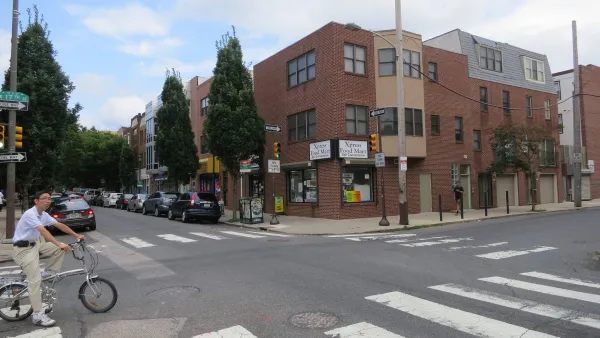The YIMBY movement seems to be gaining steam as more the country deals with growing housing prices and increasing numbers of people experiencing homelessness. Recent research reveals where pro-development forces are most likely to call home.

The past decade or so has seen a string of planning and zoning reforms, backed by a growing coalition of pro-development forces sometimes referred to as YIMBY groups. The political and cultural accomplishments of these pro-development groups are, in effect, reversing a century-long planning status quo that has mostly favored single-family zoning and automobile-oriented sprawl.
“The emergence of such visible and vocal pro-housing groups has become a defining feature in land use debates over the past several years—a counterbalance to long-standing homeowners who oppose new housing, often referred to as NIMBYs, for ‘Not In My Backyard,’” according to an article by Cassidy Pearson and Jenny Schuetz for Brookings.
The source article provides access and insight into a recent brief that documents where these YIMBY pro-development groups have gained the most prominence. The article suggests that more research into where, how, and why pro-housing groups emerge is relevant to economics, political science, sociology, and urban planning.
“More than 140 of these groups existed as of January 2022, although their size and activity level vary. Nearly 60% of states (29) have at least one active group, with the highest concentrations in California, Massachusetts, Texas, and Washington,” write Pearson and Schuetz. These groups tend to coalesce around local jurisdictions, and they are more common on the West Coast, according to the article.
More details on the findings and methodology are included in the source article, linked below.
FULL STORY: Where pro-housing groups are emerging

National Parks Layoffs Will Cause Communities to Lose Billions
Thousands of essential park workers were laid off this week, just before the busy spring break season.

Retro-silient?: America’s First “Eco-burb,” The Woodlands Turns 50
A master-planned community north of Houston offers lessons on green infrastructure and resilient design, but falls short of its founder’s lofty affordability and walkability goals.

Delivering for America Plan Will Downgrade Mail Service in at Least 49.5 Percent of Zip Codes
Republican and Democrat lawmakers criticize the plan for its disproportionate negative impact on rural communities.

Test News Post 1
This is a summary

Test News Headline 46
Test for the image on the front page.

Balancing Bombs and Butterflies: How the National Guard Protects a Rare Species
The National Guard at Fort Indiantown Gap uses GIS technology and land management strategies to balance military training with conservation efforts, ensuring the survival of the rare eastern regal fritillary butterfly.
Urban Design for Planners 1: Software Tools
This six-course series explores essential urban design concepts using open source software and equips planners with the tools they need to participate fully in the urban design process.
Planning for Universal Design
Learn the tools for implementing Universal Design in planning regulations.
EMC Planning Group, Inc.
Planetizen
Planetizen
Mpact (formerly Rail~Volution)
Great Falls Development Authority, Inc.
HUDs Office of Policy Development and Research
NYU Wagner Graduate School of Public Service





























